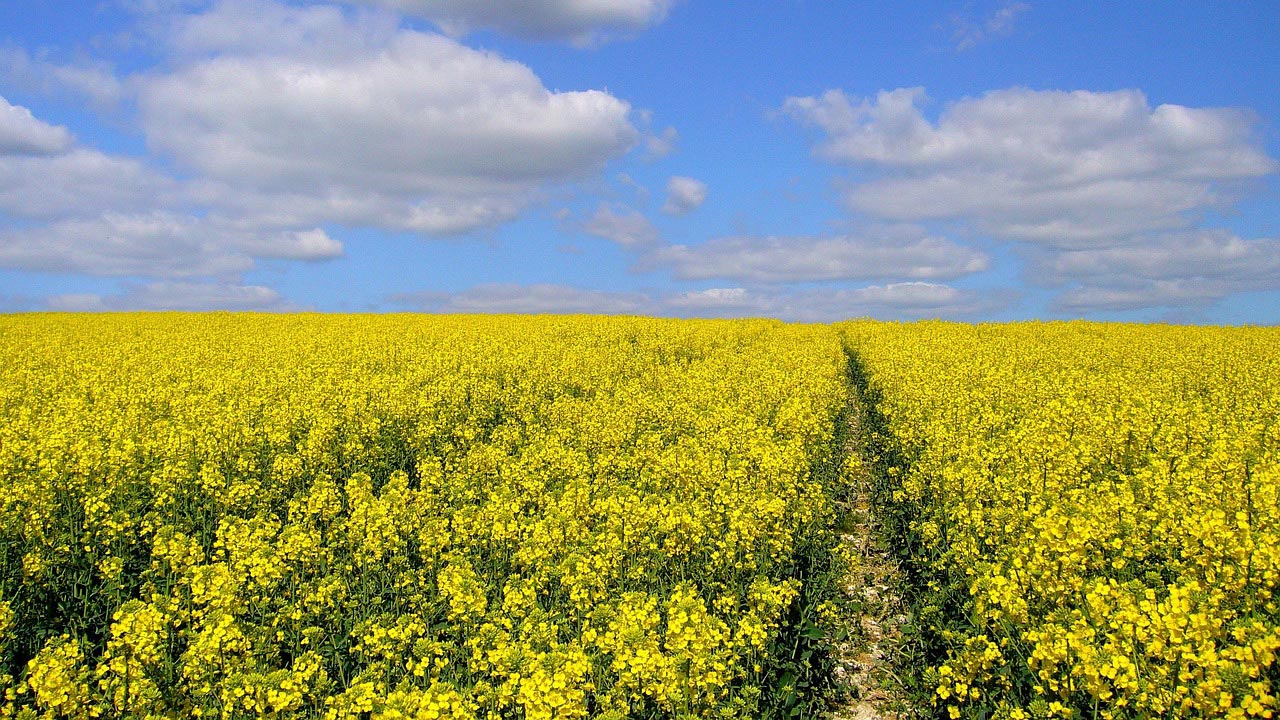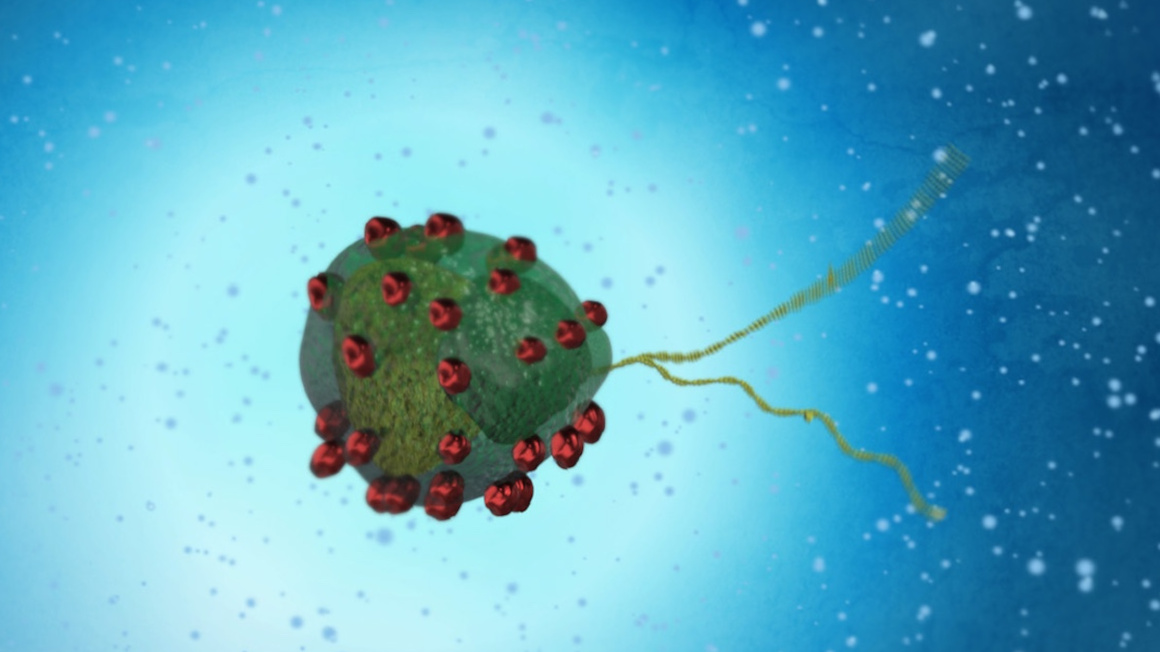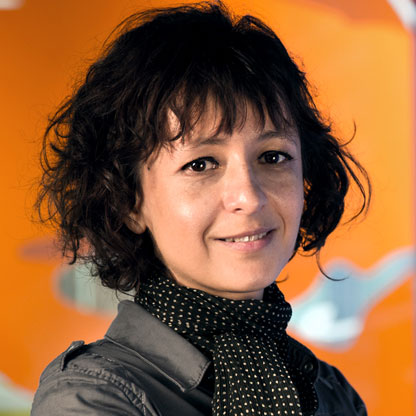New biocatalyst for medical agents
Researchers have optimized an enzyme that activates indole and indene to produce, for example, the precursor of an HIV protease inhibitor.

Do you know the smell of rapeseed fields? If so, then you know what indole smells like. Not only rapeseed produces this characteristic smelling molecule, but many microorganisms use it in their metabolism. In order for the microorganisms to form important compounds from it, they must first activate the indole. This is done by an enzyme called indole monooxygenase. Researchers at the Ruhr-Universität Bochum and the University of Leipzig have now studied the structure and interaction of this enzyme with its substrate and the cofactor required for the reaction.
Structure and interaction of indole monooxygenase studied
The Bochum team has thus laid the foundation for the biotechnological application of this monooxygenase and the production of active medical ingredients from indole and the closely related molecule indene. At the chemical level, the enzyme can highly selectively enrich double bonds or sulfur atoms with oxygen. This enables the indole to form new bonds. In addition, chemical reactions sometimes produce two mirror-image forms of the product, only one of which has the desired biological effect, while the other is sometimes harmful. Depending on the substrate, indole monooxygenase produces only the desired form. "This is particularly important in the production of active pharmaceutical ingredients," emphasizes Dirk Tischler of the University of Bochum.
The research team has applied the new findings to another molecule, indene, which is very similar to indole. "If you can selectively epoxidize indene, you open the way to an active agent against HIV proteases," explains Tischler. "Until now, however, we lacked the structural and mechanistic details to get an indole monooxygenase to catalyze this reaction effectively."
High-purity indene oxide produced biotechnologically
With this new knowledge of enzyme structure, the team genetically optimized an enzyme subunit from the soil bacterium Variovorax paradoxus using directed evolution. Whereas the enzyme naturally produced 35 percent pure indene oxide from indene, the optimized enzyme achieves a purity of more than 99 percent. The so-called 1S,2R indene oxide is a precursor for an HIV protease inhibitor.
"This shows the importance of the molecular understanding of protein structures for biocatalysis and also the possibilities of directed evolution for applied research," summarizes Tischler. Last but not least, one advantage of biocatalysis is that it takes place under mild reaction conditions, thus saving energy, and does not produce any often problematic byproducts. The researchers have published details of their work in the journal Angewandte Chemie International Edition.
bl


